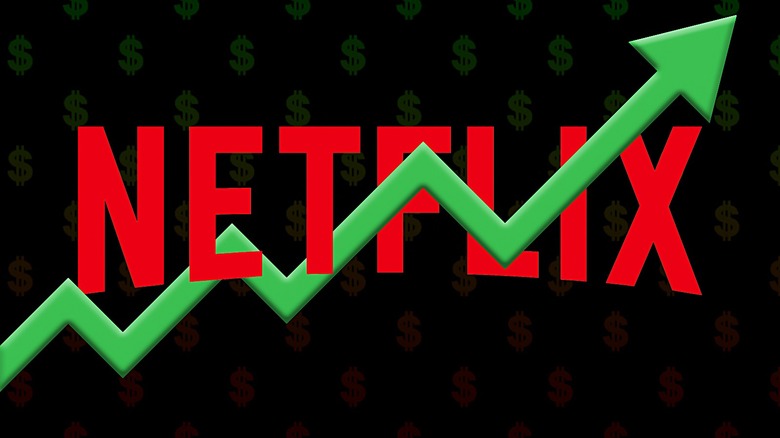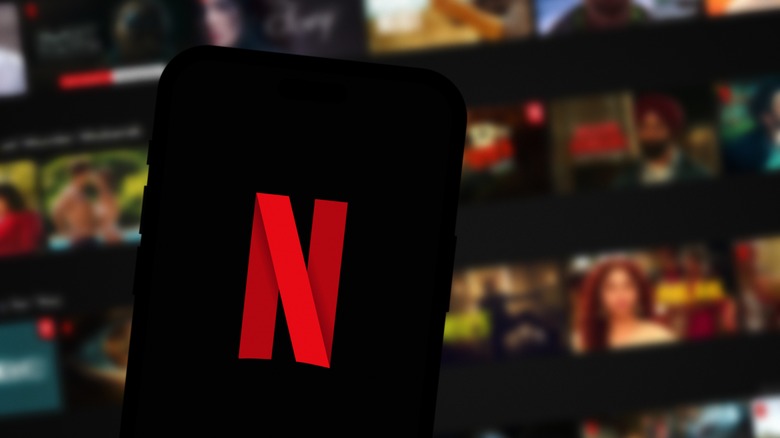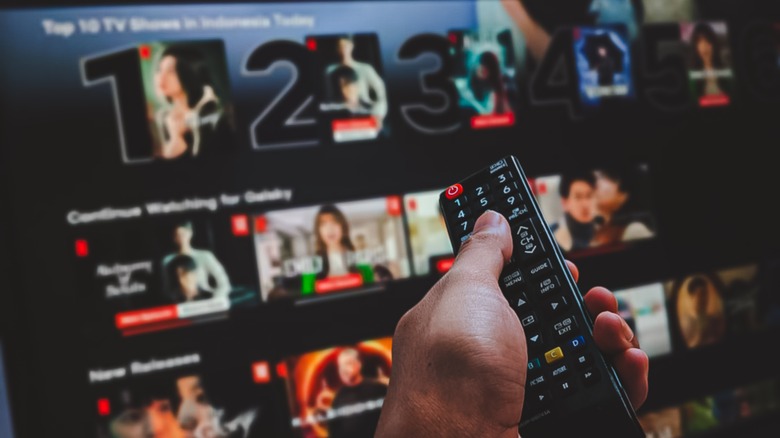Netflix Price Increases From 2007 To Today
Some things in life are inevitable: death, taxes, and the steady rise of Netflix subscription prices marching higher and higher like Hannibal's elephants over the Alps. It wasn't so long ago that the de facto streaming kingpin was just a DVD-by-mail service, then a hybrid rental and streaming business, and finally a fledgling, exclusively digital library.
For a while, Netflix's streaming prices were too good to ignore. But over the last few years, it's become increasingly clear that streaming may not be the bounteous utopia of corporate profit margins it was once believed to be. The whole model at Netflix has changed, with a primary focus on original programming — more and more of it reality shows, which are cheaper to produce — and new subscription tiers. Much has been made of these changes, as well as Netflix's clamp-down on password sharing, which led to a huge spike in subscriptions.
Overall, subscribers seem to have accepted these shifts and price hikes as the new normal, albeit begrudgingly. But you may not realize just how much the streamer's prices have changed over the past 17 years. With big changes coming to Netflix in 2024 and beyond, let's take a closer look at how the company has gradually raised its subscription fees from 2007 to today.
Netflix prices in the early days weren't so bad
In 2007, Netflix looked like it was on the decline. The company's addition of an online streaming library that year was seen by many as a last-ditch attempt to compete with, of all things, Blockbuster, which had launched its own streaming service, Total Access, the year before. At first, monthly streaming hours on Netflix were gated based on your DVD rental subscription tier. The most common Netflix plan at the time cost $18/month for three DVDs at a time and included 18 hours of streaming as a complementary perk. By 2008, that top-level plan moved to $16.99/month and included unlimited streaming, with the $4.99, two-DVDs-per-month plan still gating streaming hours.
In 2011, Netflix split its DVD and streaming services into separate subscription tiers, each costing $8/month. The move generated substantial backlash at the time because it effectively raised the cost of the previous DVD/streaming combo subscription from $10 to $16. Then, in 2013, Netflix added a four-screen streaming-only family plan, subsequently renamed to Platinum and again to Premium. That tier debuted at $11.99/month. In 2014, a third streaming tier was added, with the existing "standard" package being bumped up marginally in cost and a new "basic" plan with only SD, one-screen streaming offered at the old $7.99 price point.
In the last decade, Netflix has nearly doubled its prices
The three core Netflix streaming plans rose steadily in cost after being established in 2014. The Premium plan rose to $13.99 in 2017, $15.99 a year later, and $17.99 in 2020. It's since climbed to $19.99 in 2022 and again to $22.99 in the fall of 2023. The Standard plan has increased in cost to a similar degree, rising a couple of dollars every year or two until reaching its current price of $15.49 back in January 2022. Netflix's Basic plan was eventually discontinued for new customers after reaching $11.99/month, with the new ad-supported Standard plan effectively replacing it at $6.99/month.
For the Premium and Standard options, that's nearly a twofold price hike in just 10 years. Adjusting the Premium tier's 2014 price for 2024 inflation gets you about $16/month — just 50 cents more than the Standard plan costs today, and $7 cheaper than the actual Premium price in 2024. The original 2011 unlimited streaming plan's $8/month translates to about $11.50 today after adjusting for inflation.
One could argue that Netflix has become a much more complete service in that time, warranting the hike in price. There's more original programming than ever before, covering a wider range of genres, though many Netflix originals have fallen short of expectations or been canned prematurely. Video quality has improved, and other features have been added. But with the company rumored to be raising prices again later this year, many users may soon start to reach their limit.
Is there a limit to Netflix's price increases?
The price ceiling on a service like Netflix is ultimately whatever a critical mass of would-be subscribers is willing to pay. Clearly, we haven't hit that point yet, as the streamer has hit record numbers in both profits and subscriber count in the past year. The demand remains high, it would seem, and you can expect subscription prices to continue rising as a result.
Of course, that doesn't mean that everyone is happy. Various policy changes and frequent show cancellations have made the company a consistent target of viewer ire, and that could play out in a material, financial way sooner rather than later. We're all still adjusting to the current streaming status quo and Netflix's modern model. Password sharing is effectively a thing of the past. Some Netflix movies can't be watched with an ad-supported plan.
Claiming that streaming has reached a healthy and stable equilibrium would be wildly inaccurate. The business is more crowded than ever, and while Netflix's profits are rising, there's no telling where entertainment distribution could go in the next 10 years. Complaints are getting louder that streaming has effectively recreated the worst parts of cable. But for now, at least, there are a few things you can still bank on: Death, taxes, and the steady rise of Netflix subscription prices.



